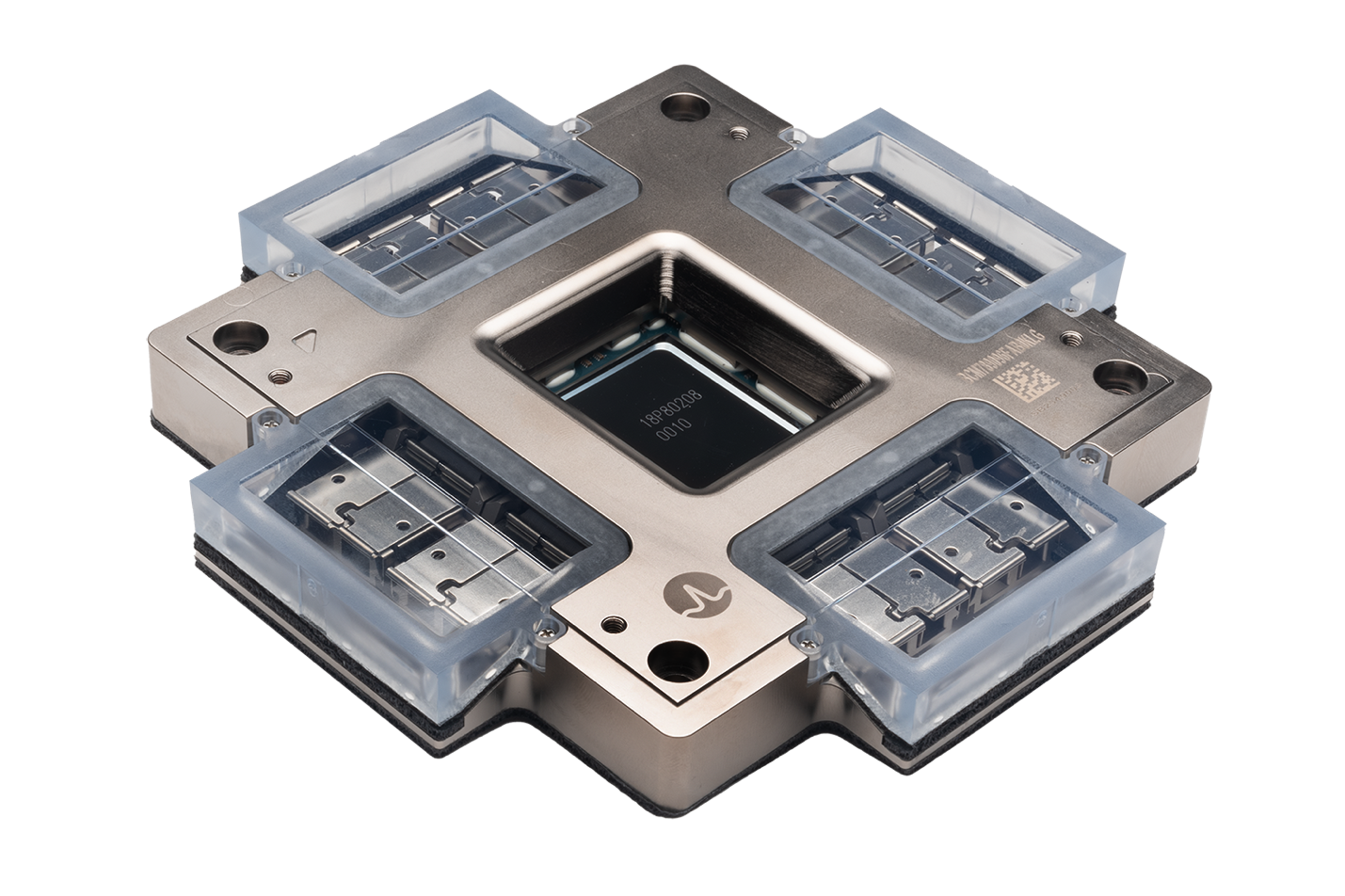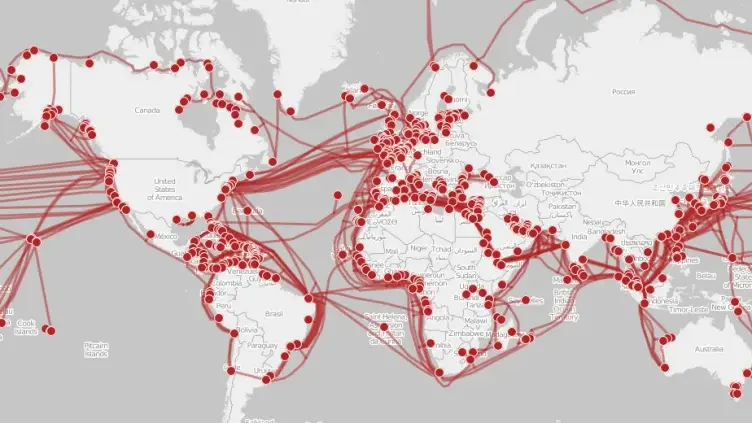The landscape of data centers is undergoing a significant transformation driven by the increasing dominance of "east to west"...
The landscape of data centers is undergoing a significant transformation driven by the increasing dominance of "east to west" traffic. Unlike the traditional "north to south" traffic flow between clients and servers, east-west traffic refers to the communication between servers, workloads, and services within the same data center or network segment. In this blog post, we will explore how the surge in east-west traffic has become the primary catalyst for the change in data center architecture, leading to the adoption of more efficient and scalable solutions such as spine and leaf architecture.
The Evolution of Workload Communication:
The rise of virtualization, containerization, and distributed architectures has fueled the growth of east-west traffic. Modern applications, built upon microservices and containerized workloads, heavily rely on extensive communication within the data center. These distributed workloads require seamless data exchanges, resulting in a significant increase in east-west traffic volume.
Demands of Cloud Computing and Software-Defined Networking:
Cloud computing and software-defined networking have revolutionized data center operations. These technologies provide the agility and scalability required in dynamic environments. However, they also generate substantial east-west traffic as data traverses virtualized networks and overlay technologies. The shift towards cloud-native applications and the need for isolated environments further amplify the east-west traffic phenomenon.
Data-Intensive Workloads and Analytics:
The proliferation of data-intensive applications, big data analytics, machine learning, and real-time streaming has dramatically impacted data center traffic patterns. These workloads generate extensive data flows between servers for processing, analysis, and storage. Consequently, the volume of east-west traffic has surged as data moves horizontally within the data center.
Microservices Architecture and Interconnectivity:
The adoption of microservices architecture has revolutionized application development and deployment. With microservices, applications are broken down into smaller, independent services that interact extensively. As a result, the interconnected nature of microservices generates significant east-west traffic, as each service communicates with others to perform specific functions.
The Need for Optimized Data Center Architectures:
The exponential growth of east-west traffic has highlighted the limitations of traditional three-tier data center architectures, which were designed primarily for north-south traffic patterns. To address this challenge, organizations are transitioning to more scalable, efficient, and flexible architectures like spine and leaf. These architectures provide non-blocking, high-bandwidth connectivity, reducing latency and congestion associated with east-west traffic.
Conclusion:
The paradigm shift from north-south to east-west traffic has become the driving force behind the transformation of data center architectures. The surge in distributed workloads, the demands of cloud computing and software-defined networking, data-intensive applications, and the rise of microservices have significantly increased the volume of east-west traffic. As a result, organizations are embracing modern architectures like spine and leaf to accommodate this shift, ensuring efficient, scalable, and high-performance data center environments. By understanding and adapting to the demands of east-west traffic, businesses can future-proof their data centers and meet the evolving needs of modern applications and technologies.
Recent Posts
Introduction: A New Chapter in Optical Connectivit
Low-loss fiber connectivity is essential for...
Starting a data center hardware upgrade is a...
Posts by Tag
- data center (12)
- Fiber Optic Cables (11)
- Cabling (7)
- NETWORKING (6)
- Structured Cabling (6)
- Fiber Optic Cabling (5)
- Fiber Cable (4)
- Networking Cables (4)
- Fiber Cables (3)
- Hardware Security (2)
- IT Infrastructure (2)
- Port Replication (2)
- Sustainability (2)
- AI (1)
- Brocade (1)
- Carbon Offsetting (1)
- Data Security (1)
- FCOE Works (1)
- ICLs (1)
- IT Equipment (1)
- IT Network (1)
- IT infrastructures (1)
- POE (1)
- Switches (1)
- Tapped Holes (1)
- data centers (1)
- hardware (1)
- infrastructure (1)
- storage (1)
- strategy (1)
Popular Posts
Why does the gauge matter in my network’s racks?...
The internet may feel like an invisible, instant...
Introduction: A New Chapter in Optical Connectivit





